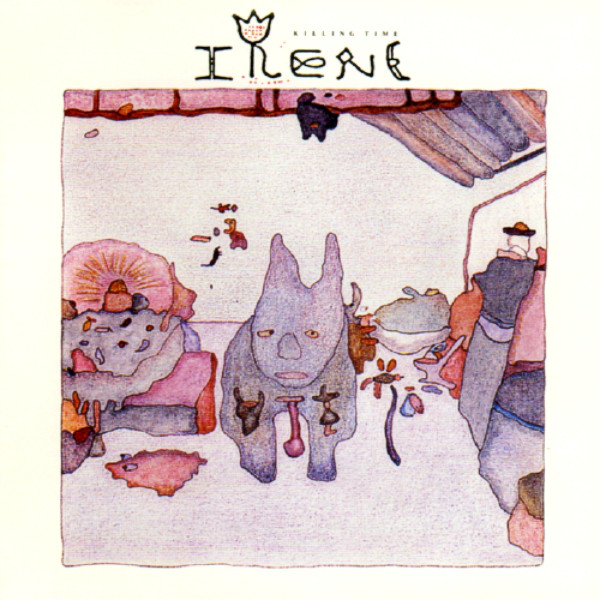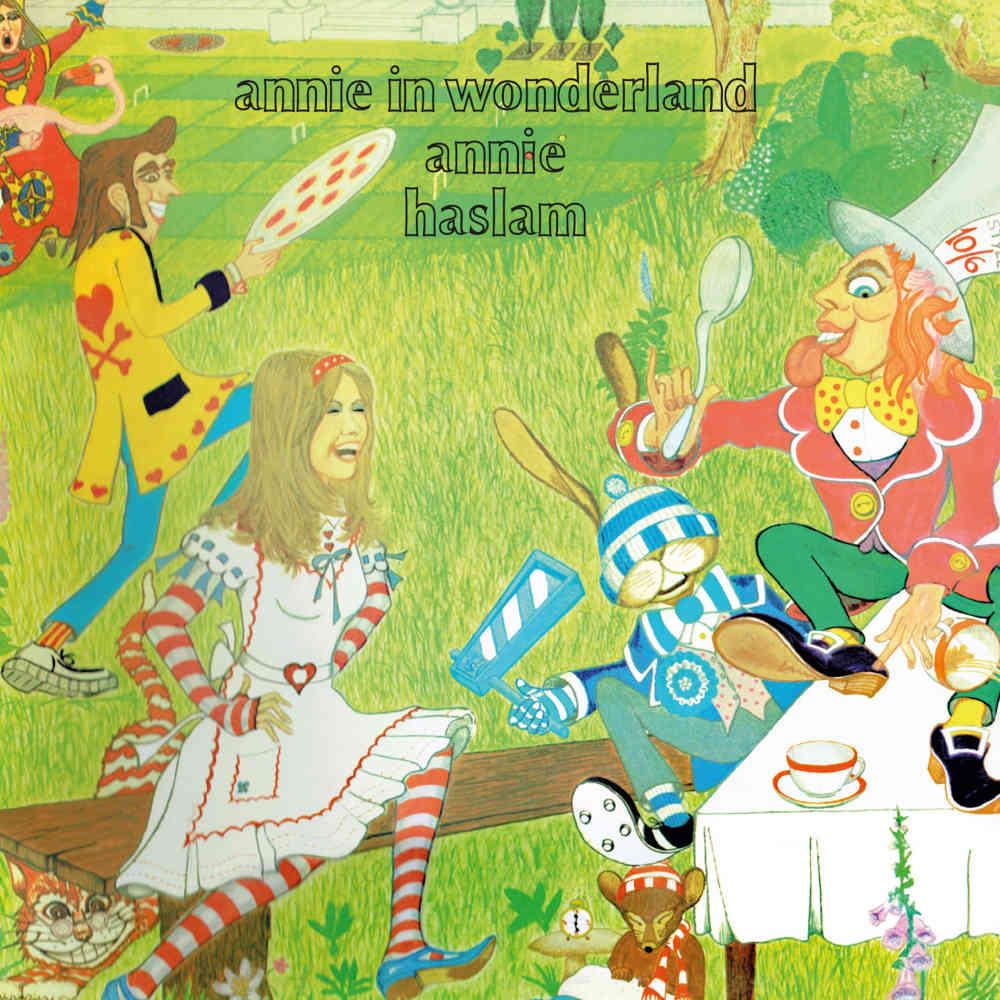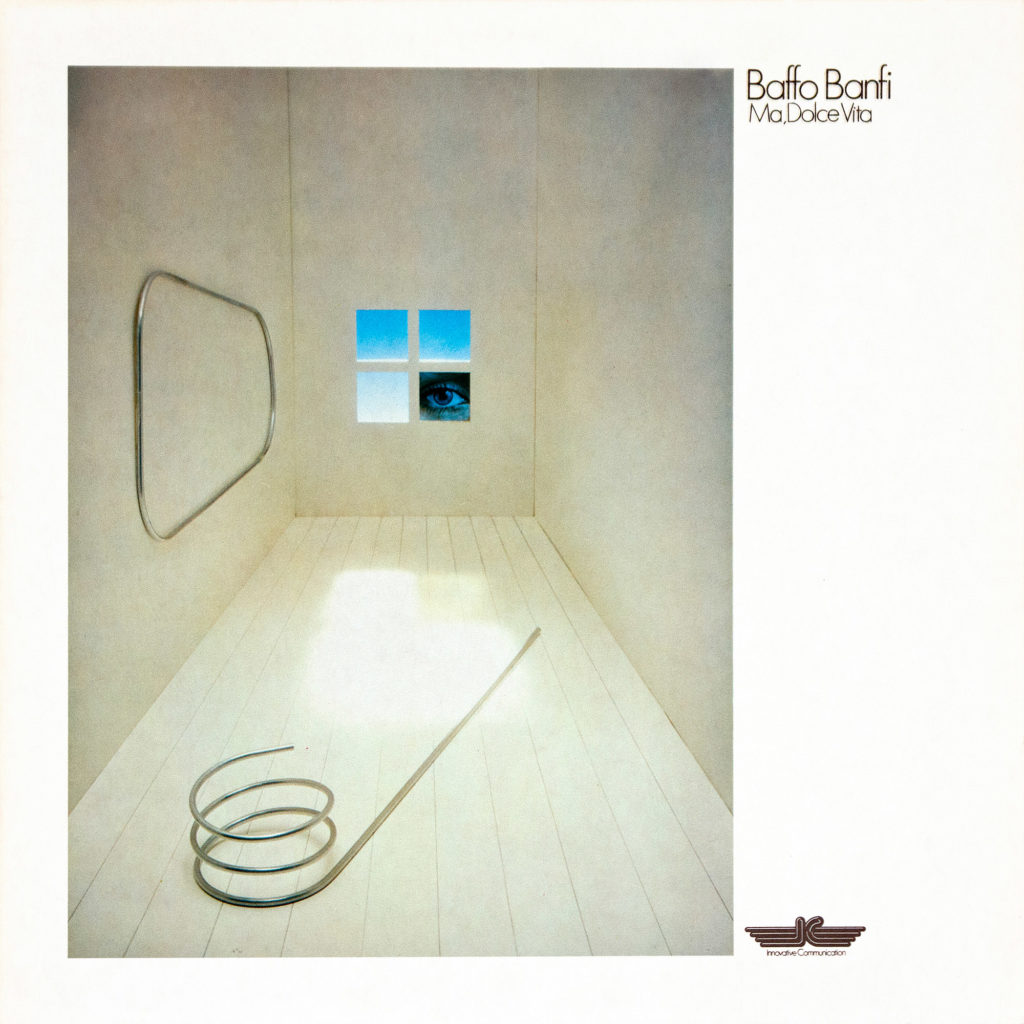
Hi friends, I hope that whatever your personal circumstances are at the moment, you’re hanging in there. Once the pandemic is over, I think we’re going to have to figure out how to channel our political rage into meaningful change–I know I will, otherwise I think I might poison myself with being so angry–and I hope to talk with some of you about what this could entail and work with you to make it happen when the time comes. I’m realizing as I type this that even using soft platitudes like “stay safe” feels inappropriate, given that safety and isolation are luxuries that many don’t have. Anyway, that aside, I’m grateful that you’re here and reading and listening.
I’ve been sitting on this one for awhile, largely because for me me, this blog has always had a pretty strict ethos of listenability. While a lot of what I share is admittedly leftfield, I like to post records that aren’t super challenging, are a pleasure to listen to from start to finish, and that can appeal to a wide range of people. While this record is definitely pleasurable, it has some pretty wild avant garde moments in a way that might turn some listeners off. But something that I’ve had to regularly remind myself of in the almost six (!!) years that I’ve been doing this is that most of the people who end up here are preternaturally open to musical oddness, and also that my tastes aren’t as singular or rarefied as I sometimes think they are–which means that when I like something, there are usually others who like it too. Musically, that’s exactly what’s made this blog so fun to write–realizing that I’m not alone, that there are throughlines through my taste that line up with other people’s throughlines, that we love what we love. So I’m going to assume that because I love this record, others will too, even if it’s a little more eccentric than a lot of what gets posted here.
I first came to this record through this excellent compilation of Japanese favorites. I recognized the luminous “Kokorowa” from the track “Kokoro Da” by Love, Peace and Trance, but hadn’t realized that the Love, Peace and Trance version was actually a cover of this one–written, according to Discogs, by Killing Time’s drummer, Jun Aoyama, who was a longterm member of Tatsuro Yamashita‘s touring band. I have since put the original on about 29 different mixes because I love it so much, but excitingly there is much more to be found here.
“既知との遭遇 (A Close Encounter With You Know What)” hints that it’s a deceptively breezy bossa nova-esque puff, but ultimately devolves into fully free-form summertime jazz, with multiple time signatures happening at once, tabla and talking drum, and more mallets than you could shake a mallet at. “沈黙する湖 (Psychotropicnic)” turns an abrupt 180 into a cinematic soundtrack for a steamy 80’s movie, with reverbed out hazy saxophone, murky and gorgeous synth pads, and a sleepy, wandering piano. But it’s with the title track that things get properly weird: it’s a 20 minute long five part odyssey, featuring some very sinister vocal processing, bonkers percussion, a wildly cathartic take on the Japanese favorite Indonesian folk classic “Bengawan Solo,” a full free jazz meltdown, and a very stoned lūʻau interlude featuring Sandii (!) serving the most impressively slow vibrato I’ve ever heard (fittingly, she’s trained extensively as a hula dancer and now runs two hula schools in Yokahama and Harajuku).
I think what makes this record so exciting for me is hearing a group of extremely technically skilled musicians making a record that is diverse and ambitious but still ultimately sounds like them all goofing off together: if Irene makes one thing clear, it’s that everyone involved had a sharp sense of humor. The end of the title track really lays into it with a short interlude featuring a childish, singsongy boy-girl duet over an end-of-the-carnival instrumental and a very cute errant giggle. After the exhausting tour-de-force we’ve just been on for 20 minutes, it feels particularly funny. The people who made this were truly sick session musicians with a massive discography between them, and their ability to play together–in the musical sense but more importantly in the game sense–is a joy to be brought along for.
Sorry this got so long–not usually my thing–but anyway, I hope you love it, and at the very least I hope it takes you somewhere else for a few minutes. Thanks again for being here.


